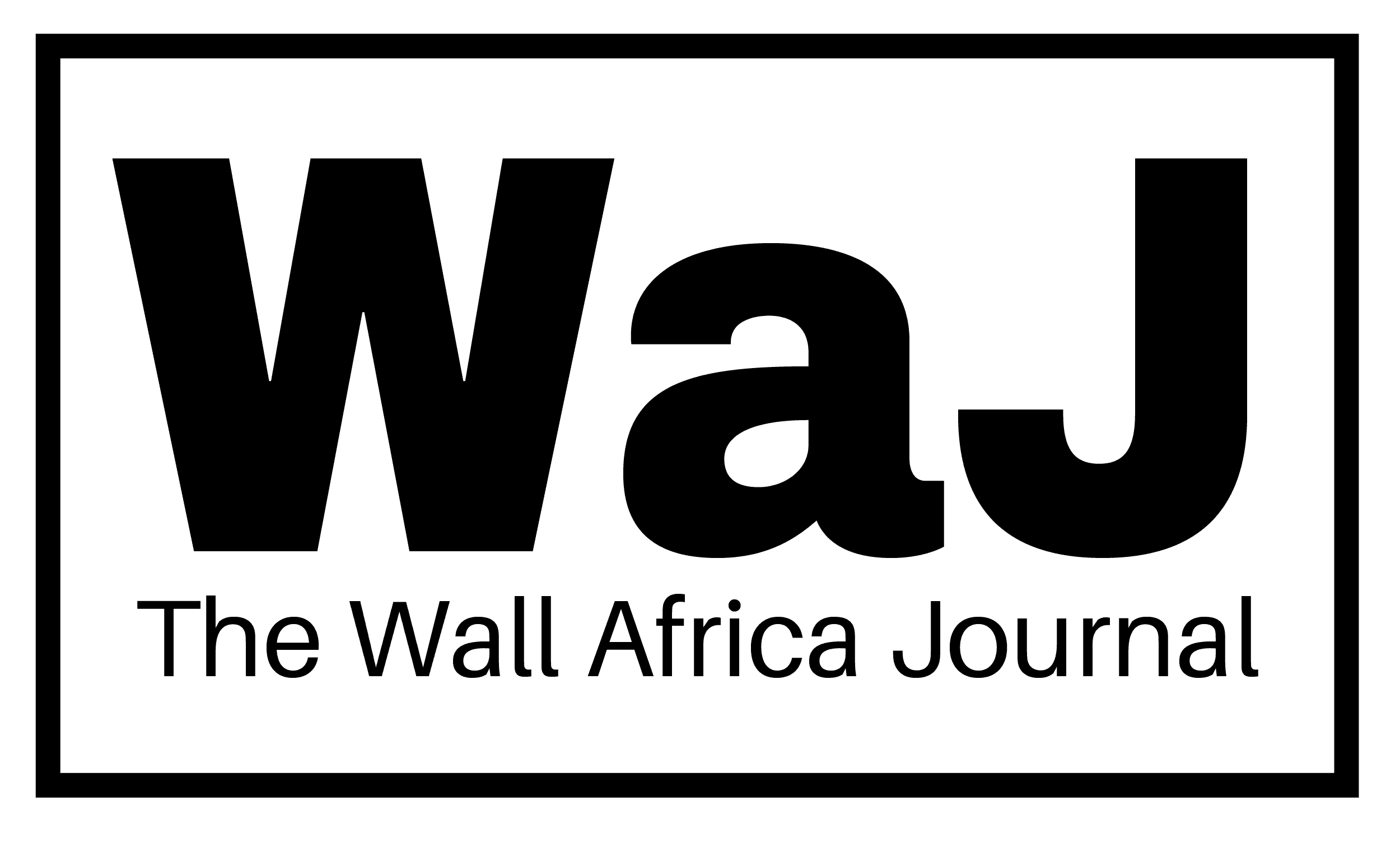Cameroon, often referred to as “Africa in miniature,” boasts a rich cultural diversity, abundant natural resources, and a growing economy. Strategically located in Central Africa, Cameroon serves as a bridge between West and Central Africa, making it an important hub for trade and commerce. The country’s economy is driven by agriculture, oil, and mining, while its vibrant cultural landscape attracts both investors and tourists. However, Cameroon faces challenges related to political stability, regional conflicts, and economic disparities. In this article, we will explore Cameroon’s economy, daily life, and safety landscape, providing a comprehensive guide for businesses, expatriates, and tourists alike.
Cameroon’s Economy: Growth, Challenges, and Key Sectors
Cameroon has one of Central Africa’s largest and most diversified economies, with a GDP of approximately $45 billion (2023) and an annual growth rate of 3.8%. The country’s economic development is driven by agriculture, oil production, and a growing services sector. Despite regional security challenges and global economic fluctuations, Cameroon remains resilient due to its diversified economic base and government-led development initiatives under the Vision 2035 strategy.
Key Economic Indicators (2023-2024)
| Indicator | Value (2023) | Projection (2024) |
|---|---|---|
| GDP Growth Rate | 3.8% | 4.2% |
| Inflation Rate | 6.3% | 5.8% |
| Unemployment Rate | 15.2% | 14.5% |
| Foreign Direct Investment (FDI) | $1.7 billion | $2.1 billion |
| Public Debt to GDP | 45% | 43% |
Key Sectors Driving Growth
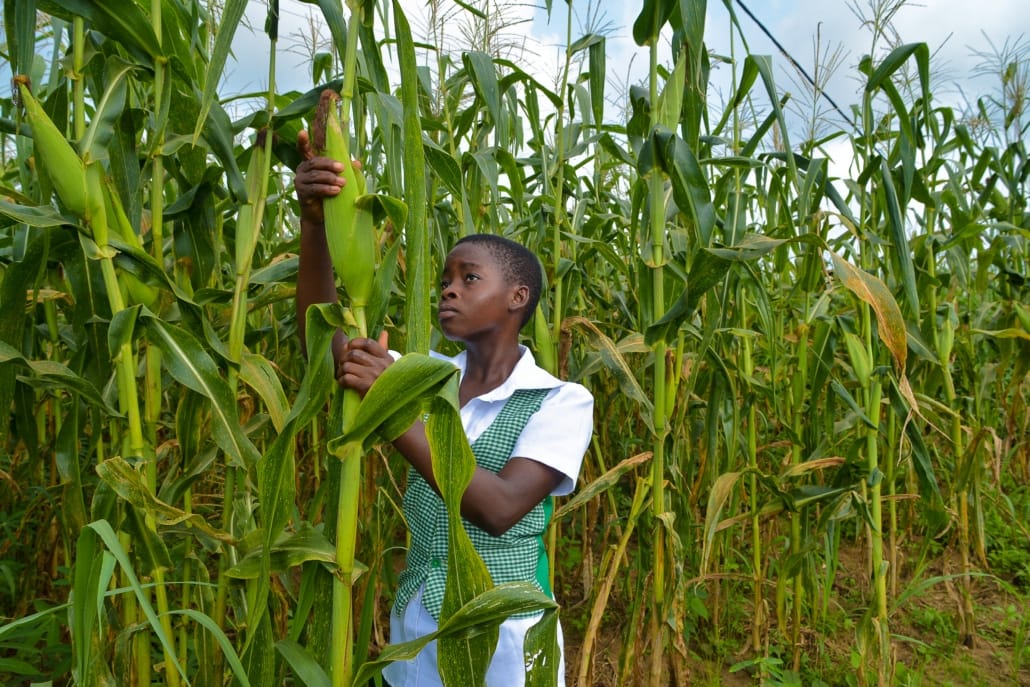
1. Agriculture: Backbone of the Economy
Agriculture remains the cornerstone of Cameroon’s economy, employing over 50% of the population and contributing around 17% of GDP. Key agricultural exports include cocoa, coffee, bananas, cotton, and palm oil. The government’s efforts to modernize agriculture through mechanization and improved irrigation systems aim to boost productivity and enhance food security.
2. Oil & Gas: Fueling Growth
Cameroon’s oil sector accounts for nearly 40% of total exports and is a key driver of revenue generation. Offshore oil fields, primarily located in the Rio del Rey and Douala basins, contribute significantly to the country’s GDP. With ongoing investments in oil infrastructure and exploration, Cameroon aims to maintain production levels while exploring opportunities in natural gas.
3. Mining & Natural Resources: Untapped Potential
Cameroon is endowed with rich mineral resources, including bauxite, iron ore, gold, and diamonds. Although the mining sector currently contributes less than 5% to GDP, recent efforts to attract foreign investment and improve regulatory frameworks are expected to boost mining activities and increase exports.
4. Services & Telecommunications: A Growing Sector
The services sector, particularly telecommunications and financial services, is expanding rapidly. With increased mobile penetration and digital transformation, Cameroon is witnessing a rise in fintech solutions and e-commerce, contributing to economic growth and financial inclusion.
5. Infrastructure & Energy: Enhancing Connectivity
Cameroon is investing heavily in infrastructure projects, including road networks, hydroelectric dams, and energy diversification. The Lom Pangar and Nachtigal hydroelectric projects aim to increase electricity production and reduce power shortages, supporting industrial growth and improving livelihoods.
Economic Challenges
Despite its diverse economy, Cameroon faces significant challenges:
- High Unemployment Rate: Youth unemployment remains a concern, with over 15% of the workforce underemployed.
- Inflation & Cost of Living: Inflation reached 6.3% in 2023, affecting household budgets and increasing the cost of essential goods.
- Public Debt: Cameroon’s debt-to-GDP ratio stands at 45%, posing risks to fiscal sustainability.
- Political Instability & Conflict: Ongoing conflicts in the Anglophone regions of Northwest and Southwest Cameroon have disrupted economic activities and hindered growth.
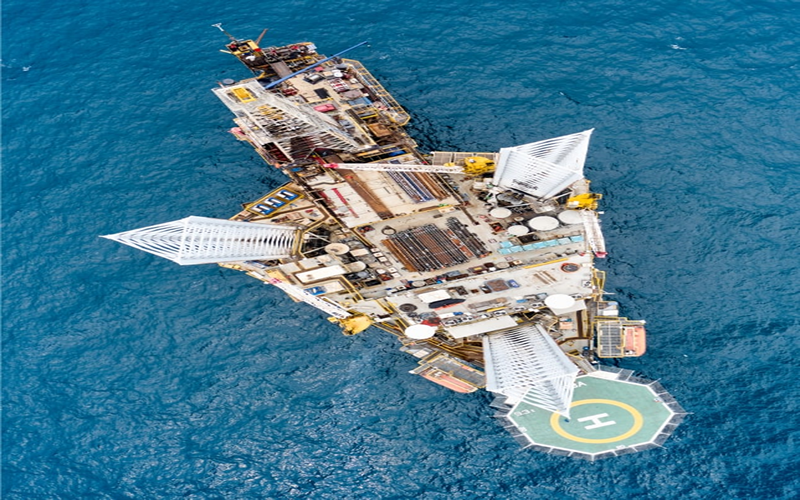
Future Outlook: What’s Next for Cameroon’s Economy?
Cameroon’s economic outlook for 2024-2025 remains cautiously optimistic, with GDP growth expected to surpass 4%. The government’s focus on industrialization, infrastructure development, and diversification of energy sources is expected to strengthen economic resilience. If Cameroon successfully manages regional tensions and attracts increased foreign investment, it has the potential to emerge as a leading economy in Central Africa.
Business Opportunities in Cameroon: Why Investors Are Turning Their Attention
Cameroon, located at the heart of Central Africa, is becoming an attractive investment destination due to its diverse economy, strategic position, and abundant natural resources. With a GDP growth rate of 3.8% in 2023 and projections indicating 4.2% in 2024, the country offers promising opportunities in key sectors such as energy, agriculture, infrastructure, and technology. As a member of the Central African Economic and Monetary Community (CEMAC), Cameroon provides investors with access to a broader regional market of over 55 million people.
Top Sectors for Investment
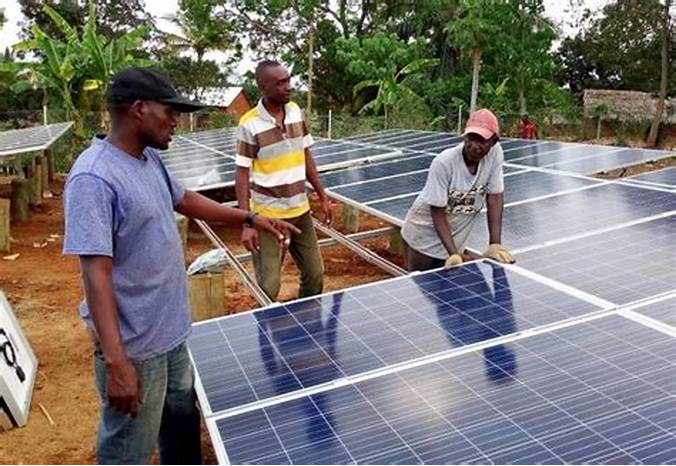
1. Energy & Natural Resources: Unlocking Cameroon’s Potential
Cameroon’s energy sector is a critical driver of economic growth, with vast untapped reserves of oil, natural gas, and minerals. The country is also investing in renewable energy projects to meet rising demand and diversify its energy sources. Hydropower currently dominates the energy mix, while solar and wind projects are steadily gaining traction.
Key Opportunities:
- Exploration and extraction of oil, gas, and minerals
- Development of hydroelectric, solar, and wind energy projects
- Infrastructure for energy distribution and rural electrification
2. Infrastructure & Transportation: Building a Stronger Cameroon
Cameroon’s infrastructure sector is undergoing rapid development, with major investments in transport, logistics, and urban mobility. The government’s “Vision 2035” plan includes large-scale infrastructure projects to modernize roads, ports, and airports, facilitating smoother trade and business operations.
Key Opportunities:
- Construction of highways, bridges, and ports
- Expansion and modernization of Douala and Yaoundé international airports
- Public-private partnerships in transportation and logistics
3. Agriculture & Agribusiness: A Sector with Untapped Potential

With around 43% of Cameroonians engaged in agriculture, the sector remains a vital pillar of the economy. Cameroon is a leading producer of cocoa, coffee, bananas, and palm oil, with increasing demand for organic and processed agricultural products in global markets. The government is focused on modernizing agriculture and boosting agribusiness through mechanization and improved supply chains.
Key Opportunities:
- Large-scale farming and food processing
- Export of cash crops like cocoa, coffee, and rubber
- Investment in agricultural technology and irrigation systems
4. Tourism & Hospitality: Tapping into Cameroon’s Rich Diversity
Cameroon’s diverse landscapes, from pristine beaches to lush rainforests and wildlife reserves, offer great potential for tourism. Despite being relatively underexplored, the country is attracting tourists interested in eco-tourism, cultural experiences, and adventure travel. The government aims to boost tourism revenue by developing hospitality infrastructure and promoting sustainable tourism.
Key Opportunities:
- Development of hotels, resorts, and eco-lodges
- Adventure tourism and wildlife conservation projects
- Investment in cultural tourism and heritage sites
5. Technology & Digital Economy: A Rising Tech Ecosystem
Cameroon’s technology sector is steadily growing, with an increasing number of startups emerging in fintech, e-commerce, and mobile services. The government’s “Digital Cameroon 2025” initiative seeks to enhance internet connectivity, support tech startups, and digitize public services, positioning Cameroon as a future tech hub in Central Africa.
Key Opportunities:
- Fintech and mobile payment solutions
- Development of digital marketplaces and e-commerce platforms
- Expansion of IT infrastructure and data centers
Investment Climate & Incentives
The Cameroonian government is actively promoting foreign direct investment (FDI) through a range of incentives designed to encourage private sector participation:
✅ Tax Incentives: Reduced corporate taxes for priority sectors
✅ Special Economic Zones (SEZs): Duty-free imports, tax exemptions, and streamlined regulations
✅ Public-Private Partnerships (PPPs): Government-backed projects with private sector collaboration
✅ Simplified Business Registration: Measures to improve ease of doing business
Challenges & Risks to Consider
While Cameroon offers significant opportunities, investors should be mindful of potential challenges:
⏳ Bureaucracy & Regulatory Delays: Lengthy approval processes and complex regulatory frameworks can slow down project implementation.
⚡ Infrastructure Gaps: Despite ongoing development, rural areas still face limited access to basic infrastructure.
💱 Currency Risk: The Central African CFA franc (XAF), pegged to the euro, can limit exchange rate flexibility.
Conclusion: Why Investors Should Act Now
With its strategic location, diverse economy, and supportive government policies, Cameroon is positioning itself as a leading investment destination in Central Africa. Investors seeking long-term growth and access to a dynamic regional market should explore Cameroon’s thriving sectors and capitalize on emerging opportunities.
Everyday Life in Cameroon: Culture, Food, and Traditions
Cameroon is a diverse and culturally rich country in Central Africa, often referred to as “Africa in Miniature” due to its varied geography, climate, and ethnic groups. With a population of over 27 million people, life in Cameroon ranges from the bustling streets of Douala and Yaoundé to the serene villages in the countryside.
Daily Life in Cameroon: Key Facts
| Aspect | Urban Areas (Douala, Yaoundé, Bafoussam) | Rural Areas |
|---|---|---|
| Average Income | $1,800-$2,500 per year | $900-$1,500 per year |
| Primary Language | French & English | Indigenous languages |
| Common Occupations | Business, government, trade | Farming, fishing, crafts |
| Electricity Access | 65-75% | 30-40% |
| Internet Usage | 55-60% | 20-25% |
Culture: The Heart of Cameroonian Life
Cameroonian culture is a fusion of over 250 ethnic groups, each contributing to the country’s rich traditions, music, and communal values. Respect for elders, hospitality, and strong family ties are essential aspects of daily life.
Culture: The Heart of Cameroonian Life
Cameroonian culture is a fusion of over 250 ethnic groups, each contributing to the country’s rich traditions, music, and communal values. Respect for elders, hospitality, and strong family ties are essential aspects of daily life.
Music & Dance: The Rhythm of Cameroon

Cameroon has a vibrant music scene, with genres ranging from traditional rhythms to modern Afrobeats.
| Popular Music Styles | Description |
| Makossa | A rhythmic urban music style blending jazz, funk, and traditional beats. |
| Bikutsi | Percussion-heavy dance music originating from the Beti people. |
| Afrobeats & Hip-hop | Popular among younger generations, often mixed with local sounds. |
Dance is an integral part of celebrations, with traditional performances seen at weddings, cultural festivals, and village gatherings.
Religion & Spiritual Life
Cameroon is religiously diverse, with Christianity and Islam as the dominant faiths, alongside indigenous spiritual practices.
| Religion | Percentage of Population |
| Christianity | 70% |
| Islam | 20% |
| Indigenous Beliefs | 10% |
Religious festivals such as Christmas, Easter, Ramadan, and traditional ceremonies play a significant role in social life.
Food: A Culinary Journey
Cameroonian cuisine is a flavorful mix of local ingredients and culinary influences from West and Central Africa.
| Popular Dishes in Cameroon | Description | Main Ingredients |
| Ndolé | A rich stew with bitter leaves, meat, and peanuts. | Bitter leaves, peanuts, shrimp/beef |
| Poulet DG | A popular dish of chicken, plantains, and vegetables. | Chicken, plantains, carrots |
| Koki | A steamed black-eyed pea pudding wrapped in banana leaves. | Black-eyed peas, palm oil |
| Achu Soup | A yellow soup served with pounded cocoyam. | Cocoyam, palm oil, spices |
| Foléré | A refreshing hibiscus drink, similar to bissap. | Hibiscus, sugar, mint |
Meals are often shared communally, reinforcing family and social bonds.
Traditions & Festivals
Cameroon is home to vibrant cultural festivals and national celebrations.
| Festival | Significance | Date |
| National Day | Celebrates independence and unity. | May 20 |
| Ngondo Festival | A traditional festival of the Sawa people, featuring boat races and rituals. | November |
| Nguon Festival | Celebrates the Bamoun kingdom’s heritage. | December |
| Ebolowa Agro-Pastoral Show | A major agricultural fair showcasing local farming. | Every two years |
Traditional ceremonies, such as weddings, naming ceremonies, and initiation rites, remain important aspects of Cameroonian culture.
Urban vs. Rural Life: A Comparison
| Aspect | Urban Life (Douala, Yaoundé) | Rural Life (Bamenda, Garoua, Kribi) |
| Work Schedule | 8 AM – 6 PM | Sunrise to sunset |
| Transportation | Taxis, buses, motorbikes | Walking, bicycles |
| Housing | Apartments, modern houses | Traditional huts, farmhouses |
| Social Life | Nightclubs, restaurants, markets | Village gatherings, storytelling |
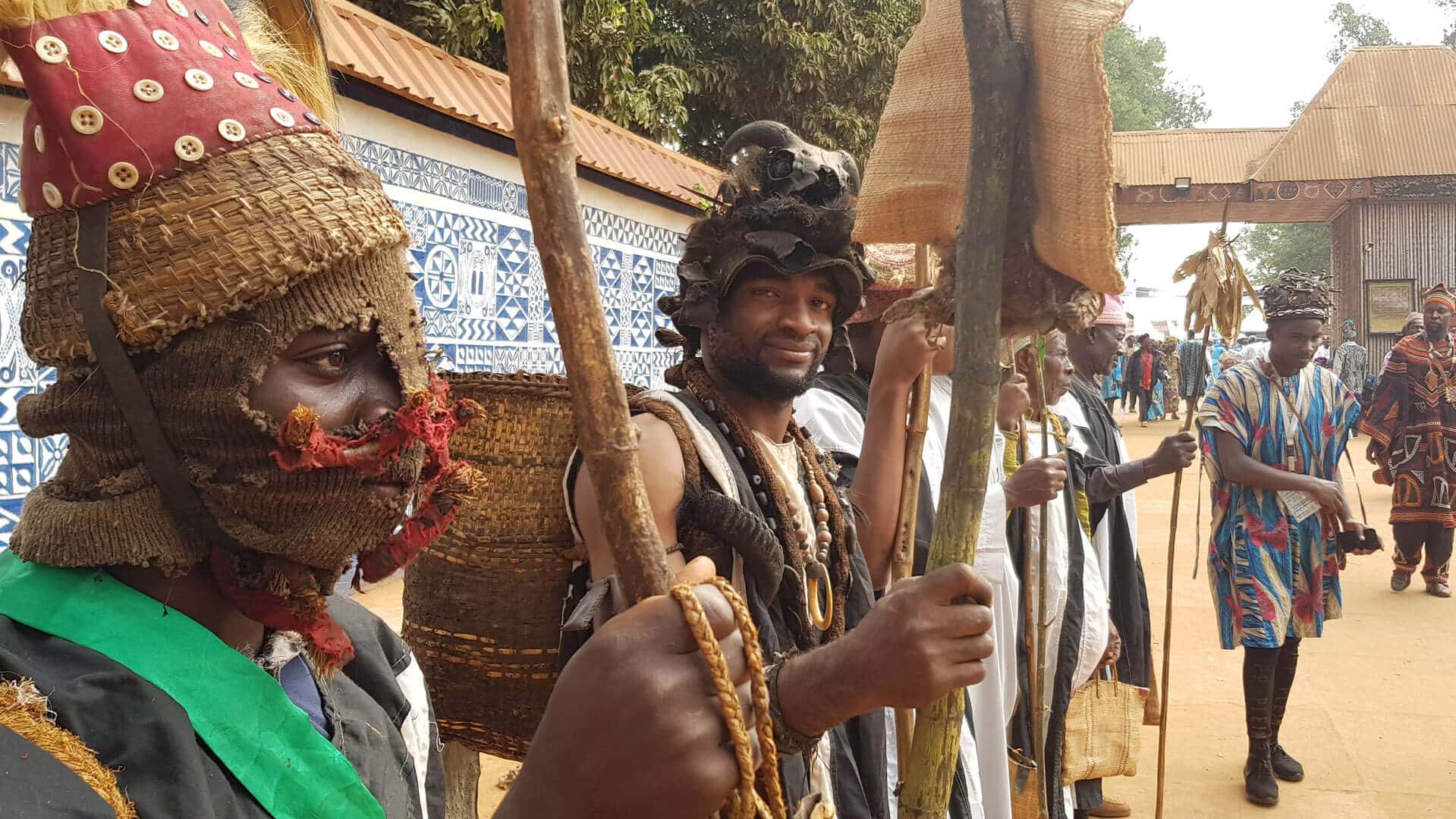
Final Thoughts: A Country of Diversity & Tradition
Life in Cameroon is a fascinating blend of tradition and modernity, with a deep appreciation for culture, music, and communal living. Whether in the vibrant cities or the peaceful countryside, Cameroonians maintain a strong connection to their roots while embracing new opportunities and global influences.
Cost of Living in Cameroon: Affordable or Expensive?
Cameroon, with its diverse economy and cultural richness, offers a varied cost of living depending on location, lifestyle, and income level. While basic necessities remain affordable compared to Western countries, imported goods and high-end living can be costly, especially in urban centers like Douala and Yaoundé.
Overall Cost of Living: A Quick Comparison
| Category | Douala & Yaoundé (Capital & Most Expensive) | Regional Cities (Bafoussam, Bamenda, Garoua) | Rural Areas |
|---|---|---|---|
| Rent (1-bedroom apartment, city center) | $300 – $800 | $150 – $400 | $50 – $150 |
| Utilities (electricity, water, internet) | $50 – $100 | $30 – $70 | $20 – $40 |
| Groceries (monthly for one person) | $80 – $150 | $60 – $150 | $40 – $80 |
| Public Transport (monthly pass) | $10-$25 | $5 – $15 | Limited options |
| Eating Out (mid-range restaurant meal) | $5 – $12 per meal | $3 – $8 per meal | $2 – $5 per meal |
| Healthcare (private consultation) | $25 – $70 | $15 – $50 | Limited access |
Cost of Living Index (Global Comparison, 2024)
(Cameroon compared to other major cities)
| City | Cost of Living Index (100 = New York City) |
|---|---|
| New York | 100 |
| Paris | 85 |
| Douala | 45 |
| Nairobi | 40 |
| Accra | 37 |
Housing: The Biggest Expense in Douala and Yaoundé
Renting in Douala and Yaoundé can be expensive, particularly in upscale neighborhoods like Bonapriso, Bastos, and Akwa, where modern apartments can cost upwards of $700 per month.
In regional cities such as Bafoussam and Bamenda, housing is more affordable, with one-bedroom apartments available for $150–$400 per month.
In rural areas, rent is significantly lower, but infrastructure and amenities may be limited.
Rent Price Comparison (Monthly, in USD)
| Location | 1-Bedroom Apartment (City Center) | 1-Bedroom Apartment (Outside City Center) |
|---|---|---|
| Douala | $400 – $700 | $200 – $500 |
| Yaoundé | $300 – $600 | $150 – $400 |
| Regional Cities | $150 – $400 | $100 – $250 |
| Rural Areas | $50 – $150 | $40 – $100 |
Food & Groceries: Local vs. Imported Goods
Local food is affordable, but imported products can be expensive due to high import duties. Shopping at local markets is the best way to save money.
Grocery Prices in Cameroon (2024, USD)
| Item | Local Markets (Affordable) | Supermarkets (Imported Goods Expensive) |
|---|---|---|
| Rice (1 kg) | $0.80 | $2.00 |
| Milk (1 liter) | $1.00 | $2.00 |
| Chicken (1 kg) | $2.50 | $5.00 |
| Bread (1 loaf) | $0.50 | $1.00 |
| Eggs (12) | $1.50 | $3.00 |
Eating out is also budget-friendly, especially at street food stalls, where a filling meal can cost as little as $1.50–$4.
Transportation: Affordable but Challenging
Public transport is cheap, but congestion in Douala and Yaoundé is a persistent issue.
Transport Mode and Cost (USD)
| Transport Mode | Cost (USD) |
|---|---|
| Bus (one-way ticket) | $0.30 – $0.60 |
| Taxi (5 km ride) | $1.50 – $4.00 |
| Car Rental (per day) | $35 – $70 |
| Fuel (per liter) | $1.00 – $1.30 |
Most locals rely on shared taxis or minibuses, which are affordable but often overcrowded and slow.

Utilities & Internet: Relatively Expensive
Electricity and internet services are relatively expensive, and power cuts are common, especially in rural areas.
Utility Costs (Monthly, USD)
| Utility | Average Monthly Cost (Douala/Yaoundé) | Average Monthly Cost (Other Cities) |
|---|---|---|
| Electricity & Water | $40 – $90 | $25 – $60 |
| Internet (20 Mbps) | $35 – $60 | $25 – $50 |
Healthcare: Public vs. Private Services
Cameroon has public and private healthcare services, but private clinics in Douala and Yaoundé provide better quality care, although at a higher cost.
Healthcare Service Costs (USD)
| Healthcare Service | Public Hospital | Private Clinic |
|---|---|---|
| General Consultation | $5 – $10 | $25 – $70 |
| Hospital Stay (per night) | $8 – $25 | $80 – $150 |
| Health Insurance (monthly) | $15 – $40 | $40 – $120 |
Expats and wealthier locals often opt for private care or travel abroad for specialized treatment.
Education: Private and International Schools Are Expensive
Public schools are free but have limited resources, prompting middle-class families to choose private or international schools, which can be costly.
School Type and Annual Tuition Fees (USD)
| School Type | Annual Tuition Fees (USD) |
|---|---|
| Public Schools | Free |
| Private Local Schools | $400 – $1,200 |
| International Schools (Douala/Yaoundé) | $3,000 – $10,000 |
Universities such as the University of Yaoundé and the University of Douala offer affordable higher education, but resources and employment opportunities remain limited.
Final Verdict: Is Cameroon Affordable or Expensive?
✅ Affordable If You:
- Live in regional cities or rural areas
- Purchase local food and goods
- Use public transport or shared taxis
❌ Expensive If You:
- Rent a modern apartment in Douala or Yaoundé
- Prefer imported brands and goods
- Use private healthcare and international schools
For locals, the cost of living can be challenging due to low average incomes (around $200–$500 per month), but for expats and investors, Cameroon remains relatively affordable compared to Western countries.
Safety in Cameroon: Crime Rates, Travel Guidelines, and Security Insights
Cameroon, a culturally diverse nation in Central Africa, offers breathtaking landscapes and vibrant traditions. However, safety concerns arise due to petty crime, road hazards, and occasional political unrest, especially in conflict-prone regions. Travelers and residents can enhance their safety by staying informed and following precautionary measures.
Crime Rates in Cameroon: An Overview
Cameroon experiences moderate-to-high crime rates, with petty theft, scams, and burglaries being the most common. Violent crime is less frequent but occurs in specific areas, particularly in the Far North and the Anglophone regions, where insecurity persists.
Crime Rate Comparison (per 100,000 people, 2024 Estimates)
| Crime Type | Cameroon (Yaoundé/Douala) | South Africa (Johannesburg) | Nigeria (Lagos) | France (Paris) |
|---|---|---|---|---|
| Homicide Rate | 6.1 | 36.4 | 34.5 | 1.3 |
| Robbery | 85 | 280 | 210 | 110 |
| Pickpocketing/Theft | 300 | 450 | 380 | 300 |
| Car Theft | 25 | 120 | 70 | 50 |
- Petty crime is rampant in crowded urban areas such as markets, bus terminals, and tourist sites in Yaoundé and Douala.
- Home burglaries and carjackings occasionally occur in residential neighborhoods, though private security reduces risks.
- Violent crime remains uncommon in urban centers but is more likely in isolated or rural regions.
Safe and Unsafe Areas in Cameroon
| Area | Safety Level | Notes |
|---|---|---|
| Yaoundé (City Center) | ⭐⭐⭐⭐ | Relatively safe, but caution is advised in busy areas. |
| Douala (Bonapriso, Akwa) | ⭐⭐⭐⭐ | Expat-friendly with private security measures. |
| Limbe & Kribi (Tourist Areas) | ⭐⭐⭐⭐ | Tourist zones with lower crime rates but avoid isolated spots. |
| Bamenda & Buea (NW/SW) | ⭐⭐ | Higher risk due to ongoing Anglophone conflict. |
| Far North Region (Maroua, Kousseri) | ⭐ | High-risk area due to Boko Haram threats. |
| Garoua, Ngaoundéré (North) | ⭐⭐⭐ | Moderate risk; exercise caution, especially at night. |
| Border Areas (CAR, Nigeria) | ⭐ | Dangerous due to cross-border security threats. |

Security Measures: How Cameroon Maintains Safety
Law Enforcement and Policing
- Police and Gendarmerie: Cameroon’s police and gendarmerie maintain a visible presence in major cities, although response times may be slow in remote areas.
- Security Checkpoints: Regular road checkpoints are established to enhance security, particularly on major highways and in regions experiencing unrest.
- Tourist Security: While Cameroon lacks a dedicated tourist police force, security is heightened in areas frequented by international visitors, including Limbe and Kribi.
Government and International Safety Rankings
Cameroon faces security challenges, particularly in the Northwest and Southwest regions, where separatist tensions persist. The Far North also remains vulnerable to threats from Boko Haram.
| Country | Global Peace Index Rank (Lower = Safer) |
|---|---|
| Mauritius | 23 |
| Ghana | 40 |
| Senegal | 72 |
| Cameroon | 137 |
| Nigeria | 146 |
Travel Safety Guidelines for Visitors
Visitors can ensure a safer experience in Cameroon by adhering to essential safety practices:
✅ Avoid carrying large amounts of cash. Use digital payments where possible.
🎒 Keep valuables secure. Opt for a crossbody bag and avoid displaying expensive items.
🚖 Use registered taxis or ride-hailing apps. Avoid unlicensed taxis, especially after dark.
🌍 Respect local customs and laws. Dress modestly and observe cultural norms.
📍 Be cautious in crowded areas. Markets and transport hubs are hotspots for pickpocketing.
🕐 Limit movement after dark. Stick to well-lit areas and avoid isolated locations.
📝 Register with your embassy. Stay updated on local developments and receive security alerts.
Emergency Contact Numbers in Cameroon
📞 Police: 117
🚑 Ambulance: 119
🔥 Fire Department: 118
Political Instability and Terrorism Threats
Cameroon faces periodic security challenges from terrorism and internal unrest:
- Boko Haram Threats: The Far North region remains vulnerable to attacks and kidnappings by Boko Haram, particularly near the Nigerian border.
- Anglophone Crisis: Ongoing violence between separatist groups and government forces in the Northwest and Southwest regions increases the risk of violence and instability.
- Political Demonstrations: Political demonstrations occasionally occur, particularly in Yaoundé and Douala. Travelers should avoid large gatherings during periods of political tension.
Health and Medical Safety Precautions
Health risks in Cameroon include malaria, typhoid, and other tropical diseases. Travelers should take necessary precautions:
🦟 Malaria Prevention: Use insect repellent, sleep under mosquito nets, and consider anti-malarial medication.
💧 Safe Drinking Water: Stick to bottled or purified water.
💉 Vaccinations: Yellow fever vaccination is mandatory for entry. Other recommended vaccines include hepatitis A, typhoid, and meningitis.
🏥 Medical Facilities: While major cities have reputable private hospitals, medical care in rural areas is limited.
Environmental and Road Safety
- Road Conditions: Urban roads are generally well-maintained, but rural areas often have poorly maintained roads, increasing the risk of accidents.
- Public Transport: Minibuses and motorcycle taxis (boda-bodas) are commonly used but may be unsafe due to reckless driving.
- Weather Hazards: Heavy rains during the rainy season (April to October) can cause flooding and landslides.
Conclusion: Ensuring Safety While in Cameroon
Despite security challenges in some regions, Cameroon offers a rich cultural experience and remarkable landscapes. Visitors can enhance their safety by staying informed, respecting local customs, and adopting essential safety measures to enjoy a secure and fulfilling stay.
Tourism in Cameroon: Must-Visit Places and Hidden Gems
Cameroon, often referred to as “Africa in miniature,” is a captivating destination that offers a rich blend of cultural diversity, striking landscapes, and a wealth of historical and natural attractions. From the bustling streets of its modern cities to the serene beauty of its national parks and pristine beaches, Cameroon promises memorable experiences for every traveler.
Douala – The Dynamic Economic Hub

As the largest city and the economic powerhouse of Cameroon, Douala is a bustling metropolis that seamlessly blends modernity with tradition.
Highlights:
- Port of Douala: A major gateway for trade in Central Africa, offering insights into the country’s economic pulse.
- La Pagode: A striking architectural landmark reflecting the city’s colonial history.
- Central Market: A lively market where visitors can discover local crafts, spices, and vibrant textiles.
- Nightlife and Cuisine: A diverse array of restaurants and bars offering both traditional Cameroonian dishes and international flavors.
Yaoundé – The Political and Cultural Capital
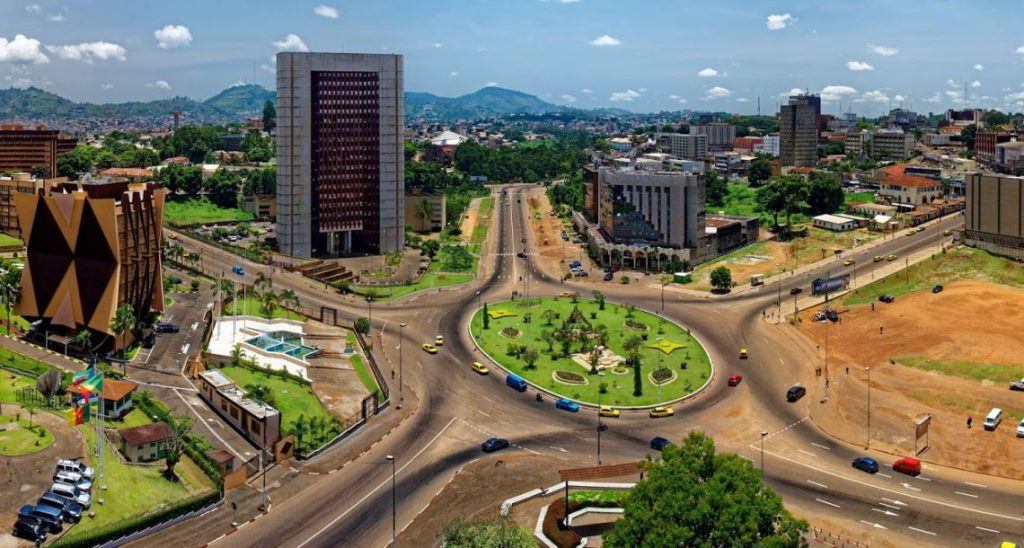
Yaoundé, the capital city, is steeped in history and culture, with numerous museums, monuments, and government institutions that tell the story of Cameroon’s past and present.
Highlights:
- National Museum of Cameroon: Explore diverse exhibits ranging from traditional artifacts to colonial-era relics.
- Reunification Monument: A symbol of Cameroon’s national unity and cultural diversity.
- Local Art Galleries: Showcasing contemporary and traditional art from talented Cameroonian artists.
- Botanical Gardens and Parks: Peaceful retreats within the bustling cityscape
Mount Cameroon – The Majestic Volcano
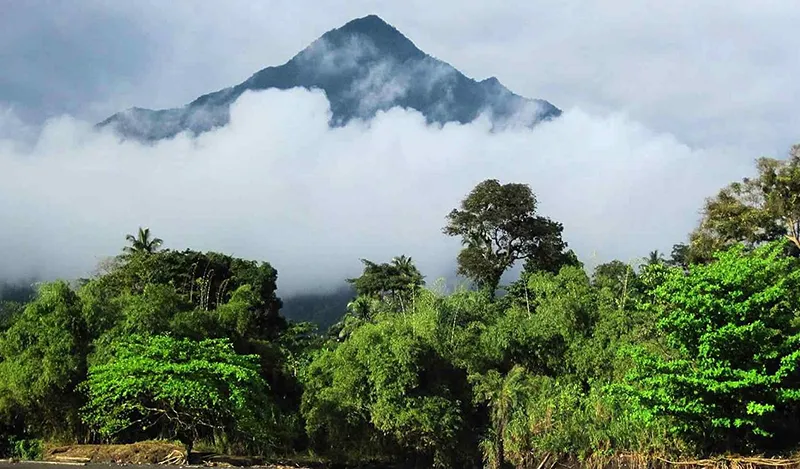
One of Africa’s most prominent natural landmarks, Mount Cameroon offers adventure seekers the thrill of climbing Africa’s highest active volcano.
Highlights:
- Trekking Expeditions: Guided hikes that cater to various skill levels, offering spectacular panoramic views.
- Biodiversity: Rich flora and fauna unique to this volcanic region.
- Local Villages: Experience the warm hospitality and traditional lifestyles of communities living in the foothills.
- Cultural Festivals: Seasonal festivals celebrating the mountain’s cultural significance.
Kribi – The Coastal Paradise
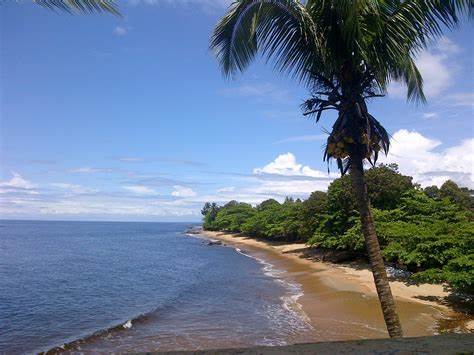
Kribi is renowned for its golden sandy beaches, crystal-clear waters, and laid-back coastal vibe, making it the perfect destination for relaxation and water-based activities.
Highlights:
- Pristine Beaches: Ideal for swimming, sunbathing, and beach sports.
- Waterfalls at the Beach: Unique seaside waterfalls that cascade directly into the ocean.
- Fresh Seafood: Enjoy local delicacies prepared with freshly caught fish and seafood.
- Coastal Walks: Scenic strolls along the shoreline that reveal breathtaking sunset views.
Dja Faunal Reserve – A Natural Treasure
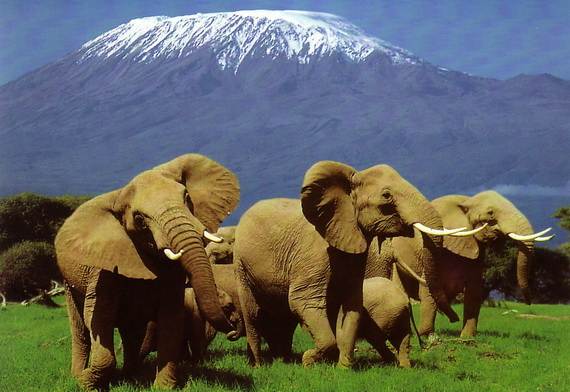
A UNESCO World Heritage Site, the Dja Faunal Reserve is one of the most significant and well-preserved rainforest ecosystems in Africa.
Highlights:
- Biodiversity Hotspot: Home to an array of species including primates, birds, and rare mammals.
- Guided Eco-Tours: Explore the dense forests with expert guides who share insights into the region’s ecology.
- Conservation Efforts: Learn about ongoing initiatives to preserve this critical habitat.
- Immersive Wildlife Experiences: Spotting elusive wildlife in their natural environment.
Hidden Gems: Off-the-Beaten-Path Adventures
Bamenda – The Cultural Heart of the Northwest:
- Traditional Markets and Festivals: Experience the vibrant local culture and traditional crafts.
- Scenic Landscapes: Enjoy the rolling hills and lush greenery that surround the town.
Buea – Gateway to Mount Cameroon:
- Historical Sites: Discover colonial relics and old churches that narrate the region’s history.
- Local Cuisine: Savor traditional dishes in quaint local eateries.
Limbe – The Botanical and Coastal Delight:
- Limbe Botanic Garden: A sanctuary of diverse plant species in a serene setting.
- Marine Life: Explore nearby beaches and the vibrant underwater world with snorkeling and diving tours.
Best Time to Visit Cameroon
- Dry Season (November–April): Ideal for exploring cities, national parks, and enjoying the coastal areas with less rainfall.
- Rainy Season (May–October): Experience lush landscapes and fewer tourists, though be prepared for occasional heavy showers.
Cameroon is a destination that offers something for everyone—whether you’re seeking cultural enrichment, natural adventures, or peaceful retreats. Its diverse attractions invite visitors to explore and uncover the multifaceted beauty of this unique Central African gem.
